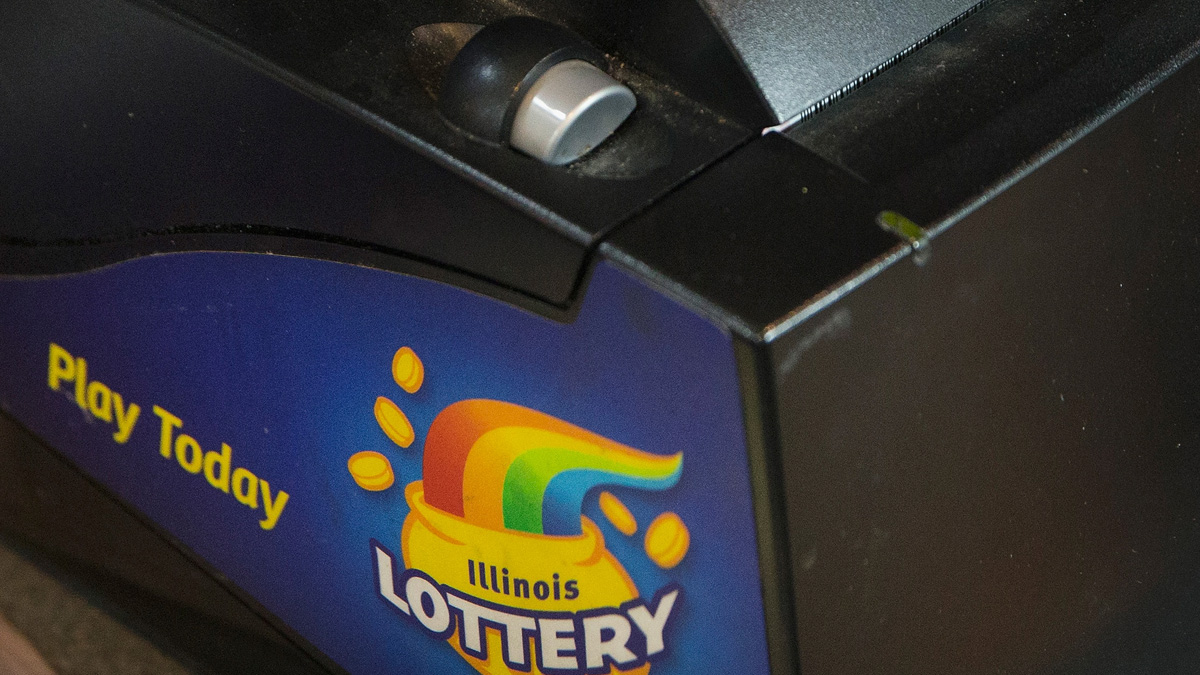Chicago's top doctor said there have been reported of breakthrough COVID infections in people who have received the new bivalent COVID booster and there's a reason for that.
"We have seen some breakthrough cases just like we have every time... since the beginning of COVID," Chicago Department of Public Health Commissioner Dr. Allison Arwady said Tuesday, adding that "it is definitely related to the newer strains."
Arwady referred to the changing dynamics of variant proportion in the Midwest and across the U.S., with the BA.5 omicron subvariant quickly losing its hold as the dominant strain.
That's because two descendants of the BA.5 strain could potentially overtake it.
According to the Centers for Disease Control and Prevention’s “Nowcast,” which shows estimated proportions through Nov. 12, the BQ.1.1 subvariant is now responsible for 24.1% of COVID cases in the United States, while the BQ.1 subvariant is responsible for 20.1% of cases.
Those both represent a significant jump from the previous week, when neither subvariant had yet hit the 20% plateau, according to CDC estimates.
The BA.5 subvariant, which has been the dominant strain of COVID in the United States since early July, dropped from 41.1% of cases to 29.7% this week, signaling that its long-standing reign could finally be nearing an end. In the Midwest, the BA.5 represents 35.3% of cases.
News
"It's good news that we haven't had a new variant of concern... But still, every single one of those new subvariants is outcompeting the old one, meaning it is more infectious, more contagious, and potentially can carry other, you know, other issues with it," Arwady said.
This comes as new variants continue to emerge, including the BN.1, which has now been added to the CDC's weekly tracker.
Feeling out of the loop? We'll catch you up on the Chicago news you need to know. Sign up for the weekly Chicago Catch-Up newsletter here.
BN.1 also appeared on the radars this week, making up an estimated 4.3% of cases in the U.S. and 4.2% of cases in the Midwest.
Officials say that the new strain is most prevalent in the western United States, making up more than 6% of cases in an area that includes Arizona, California, Hawaii and Nevada.
Cases have started to slowly trend upward as northern residents begin to spend more time indoors. According to the latest CDC estimates from Nov. 9, an estimated 288,989 new COVID cases per week are currently being reported in the U.S. That represents an increase of nearly 11% in the last two weeks, according to officials.
In Illinois, cases have largely flattened in recent weeks after an increase in October, but officials remain concerned that cases could rise with more residents spending time indoors and around loved ones during the holiday season.
As of Monday, Illinois was averaging 1,895 new cases of COVID per day.
"When we see a lot of subvariants emerging, we also know that means there is more COVID spread generally," Arwady said. "Because when COVID spreads, that is when it has the opportunity to mutate, and that's when you see new subvariants emerge."
Arwady noted that hospitalizations related to COVID are on the rise, leading the city to be listed under an elevated community level for the virus, per CDC standards.
Chicago, as part of Cook County, climbed from a "low" alert level to a "medium" level Friday, meaning those who are at higher risk of infection should mask in indoor public spaces.
"I would be a lot less concerned if we were tipping into medium because cases were up than if we're tipping into medium because hospitalizations are up," Arwady said.
Still, Arwady noted that it is good news all of the subvariants so far are descendants from omicron.
"My biggest worry is if we get a new variant of concern emerging, meaning a variant that is behaving really differently that is genetically very different from omicron, that has more immune escape, that is making more people more seriously ill, especially and even if they're up to date with vaccine, or some other, you know, some other change," she said.
The fact that subvariants remain under the omicron umbrella has so far led experts to believe the new bivalent booster, which was specifically designed to target the omicron variant and the BA.5 subvariant, will continue to provide protection.
"If there are people getting breakthroughs, you know, they're not likely to get seriously ill, hospitalized any of that," Arwady said. "But we do continue to see some breakthroughs. We will be collecting information. You know, this is the sort of thing you have to study in real time... getting the boosters is protective. It's not 100% protective, but it is protective also against infection."
This comes as Moderna announced clinical trial data that it said showed its bivalent COVID booster "elicited a superior neutralizing antibody response against Omicron BA.4/BA.5 variants" when compared to its original vaccine and booster shots.
"We are pleased to see that both of our bivalent booster vaccine candidates offer superior protection against Omicron BA.4/BA.5 variants compared to our original booster, which is encouraging given COVID-19 remains a leading cause of hospitalization and death globally. In addition, the superior response against Omicron persisted for at least three months after the mRNA-1273.214 booster," Stéphane Bancel, Moderna's chief executive officer, said in a statement.
Bancel also noted that the data appeared to indicate the bivalent shots showed protection against the new BQ.1.1 subvariant currently growing in numbers in the U.S.
Pfizer also released data earlier this month indicating its boosters offered better protection against BA.5 as well.
"I think it's very good news that the bivalent booster is working sort of like we thought it would," Arwady said. "That it would help generate antibodies not just for the BA.4 or [BA.5], but specifically for subvariants that continue to emerge. That's what we expected. We didn't know for sure, but the real world data is behaving like the hypothesis suggested."
Arwady noted that one of the reasons experts believe the booster shot continues to protect against subvariant is because the genetic code is similar.
"Each of these subvariants is taking little pieces of the genetic code that have proved more effective in the prior vaccine. So if, for example, the spike has slightly changed in BA.4 or BA.5, BQ.1.1 is going to take the spike that was especially good BA.4, BA.5 and then make, you know, another additional change to it," Arwady said, adding that she doesn't "want people thinking is going to be 100% protective" because there's "no such thing."
"Against severe outcomes it looks good, against the ability to create antibodies, it looks good," she said. "And we'll keep following and sharing the data with you as it comes out."



